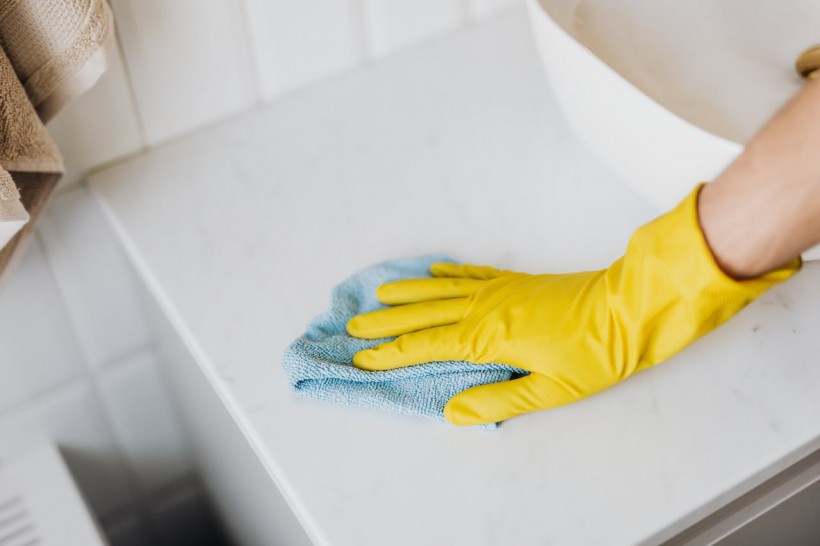Bacteria have colonized the Earth more than any other class of organisms. They can be found 11 kilometers (6.8 miles) deep in the Pacific Ocean, at altitudes of 40 kilometers (25 miles), and even near the top of the stratosphere.

Many surfaces and objects we come in contact with are covered in microbes. It is estimated that most people are exposed to 60,000 types of bacteria daily, and about 1% to 2% of them are potentially dangerous. We sanitize our hands and disinfect materials and surfaces to avoid those germs as a countermeasure. But is it possible to eliminate them?
How Do Germs Spread From Surfaces?
One of the most common ways to spread diseases is through direct contact with others. Pathogens can easily find their way out of an infected person through sneezes, coughs, and sniffles. But to make a person sick, these microorganisms need to find their way into a person in sufficient numbers to survive the initial defense of the immune system.
Surfaces add a new level of difficulty in bacteria transmission. A pathogen needs to land on a surface and be able to survive on it until a person touches it. Some pathogens are better suited for surface transmission, while others are not suited to this pathway.
Surface contamination is a serious problem in healthcare settings. According to the Centers for Disease Control and Prevention, cleaning and disinfection of environmental surfaces is an important practice in reducing the potential threat of surface bacteria.
READ ALSO: Self-Sterilizing Graphene Filter Effectively Eliminates Airborne Bacteria
Is It Possible for Surfaces to be Germ-Free?
According to the University of North Carolina Medical Center's Infection Prevention program director, Emily Sickbert-Bennett, keeping germs away is impossible. According to Sickbert-Bennett, the better question to ask is not how to keep surfaces germ-free but how to stop the microbes from causing infections.
Not all bacteria are bad; most are considered innocuous unless they land in the wrong place. For instance, the staphylococcus bacteria can live harmlessly inside a person's nose but can be deadly in the bloodstream. There are also bacteria that are constantly pathogenic, meaning they are always a disease risk. These pathogenic bacteria are likely what most people are worried about when they try to get rid of germs.
Surfaces can be disinfected with wipes or sprays, eliminating the microorganisms found on those surfaces. However, those surfaces tend to be continuously recontaminated. Microbes are transferred every time two surfaces interact, such as the door knobob and finger. Also, bacteria in the air can quickly resettle on surfaces that were just disinfected.
The most important thing, according to Sickbert-Bennett, is to consider the 'chain of infection,' or the small steps that need to happen for a microbe to infect a person. There are points along this chain where the transmission and infection can be interrupted. In other words, although harmful microbes can get into your home or onto your skin, the point is to ensure that they do not get to a place where they can cause an infection.
RELATED ARTICLE: Dangerous Pathogens Utilize This Sophisticated Machinery to Infect Hosts
Check out more news and information on Pathogen in Science Times.














